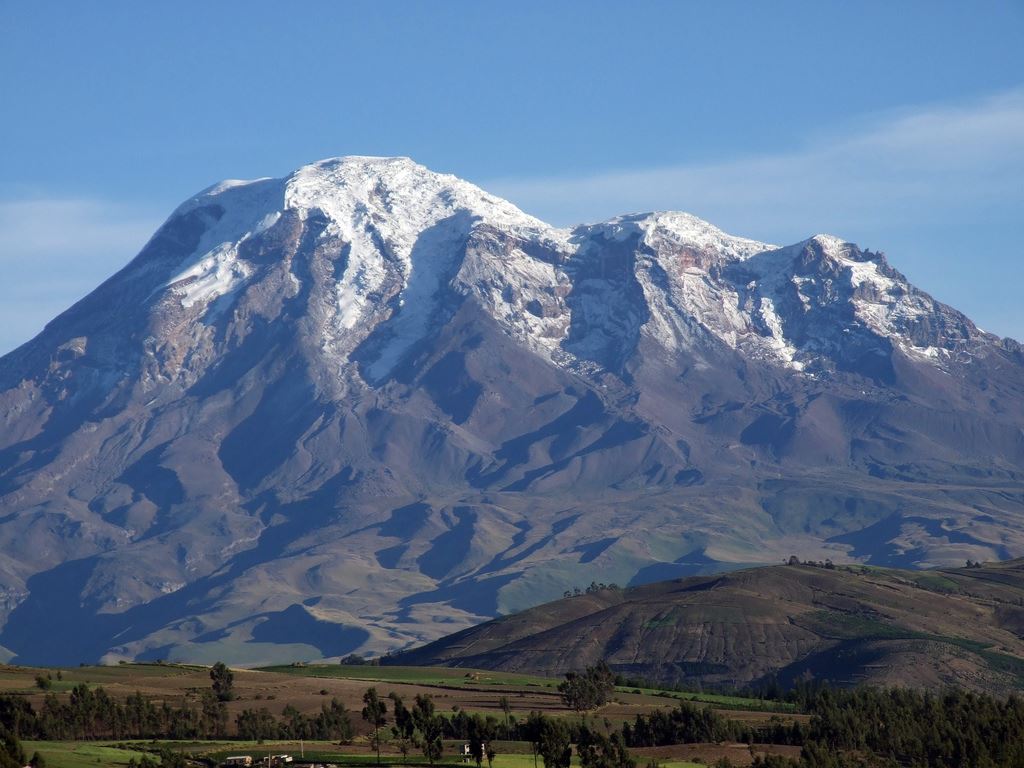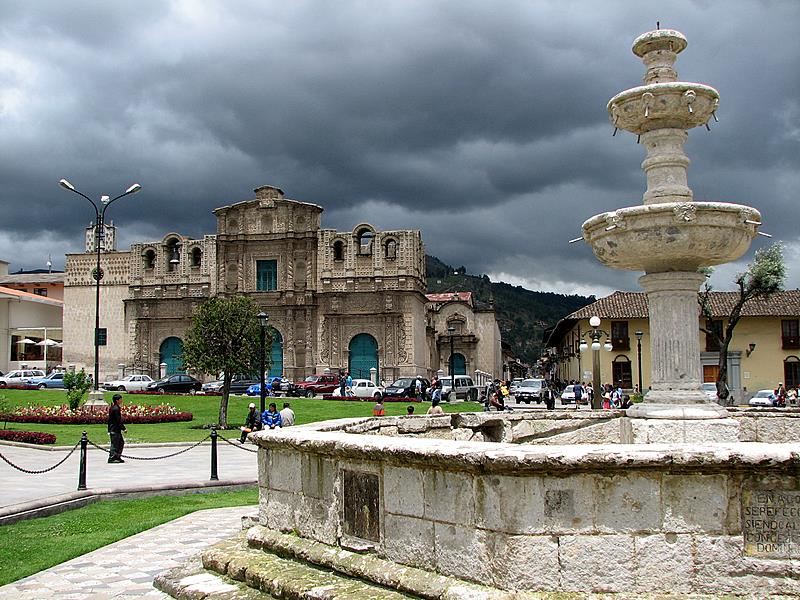


Last time round we looked at how the Inca Empire reached its peak during the reign of Huayna Capac, this week we examine the disaster that was to immediately follow his death in 1527.
As was expected of an Inca ruler, Huayna Capac fathered many children by scores of different women. Some of these children were considered legitimate but others were not. Huayna Capac named Ninan Cuyochi as his successor but both father and son died within a few days of one another (almost certainly from smallpox brought to the continent by the Spanish conquistadores) while campaigning in present-day Ecuador.
Section Type: standardWidthImageS
Looking at it today, Chimborazo hardly seems the site of a bloody battle. (Picture: Dan Nevill)

Ninan Cuyochi’s untimely death plunged the entire empire into a succession void from which it would never fully recover. There were two pretenders to the throne: Huascar, the legitimate heir, and Atahualpa, the illegitimate son of the Ecuadorian princess Paccha Duchicela. Some records suggest that Huayna Capac divided the Empire between his two sons before his death, while others claim he actually named the illegitimate Atahualpa as his only heir. Either way, the lines were drawn for what would be a long and costly war.
Early on in the conflict Huascar, who was enraged at an illegitimate son’s pretentions to the throne, had his half-brother arrested, but Atahaulpa escaped - along with two of Huscar’s most important generals – and decamped to Quito. This set up a poignant divide: Huascar, the legitimate heir, and his armies were based in Cusco, the traditional heart of the empire. Atahualpa, the pretender, had as his headquarters the Northern city of Quito.
Section Type: standardWidthImageS
Modern-day Cajamarca. (Picture: Jorge Gobbi)

The civil war would last the best part of five years, and it involved many brutal and bloody battles, the most important of which took place at Mullihambato, Chimborazo and Quipaipan. Atahualpa (backed by his generals and over 100,000 men) won all three battles decisively, ultimately taking Huascar prisoner at the battle of Quipaipan, a few miles west of Cusco.
The Inca Empire was finally reunited, but the benefits would be short-lived: Atahualpa was captured by Francisco Pizarro at Cajamarca barely a year later.


Copyright © 2025 SA Luxury Expeditions LLC, All rights reserved | 95 Third Street, 2nd floor, San Francisco, CA, 94103 | 415-549-8049
California Registered Seller of Travel - CST 2115890-50. Registration as a seller of travel does not constitute approval by the state of California.










